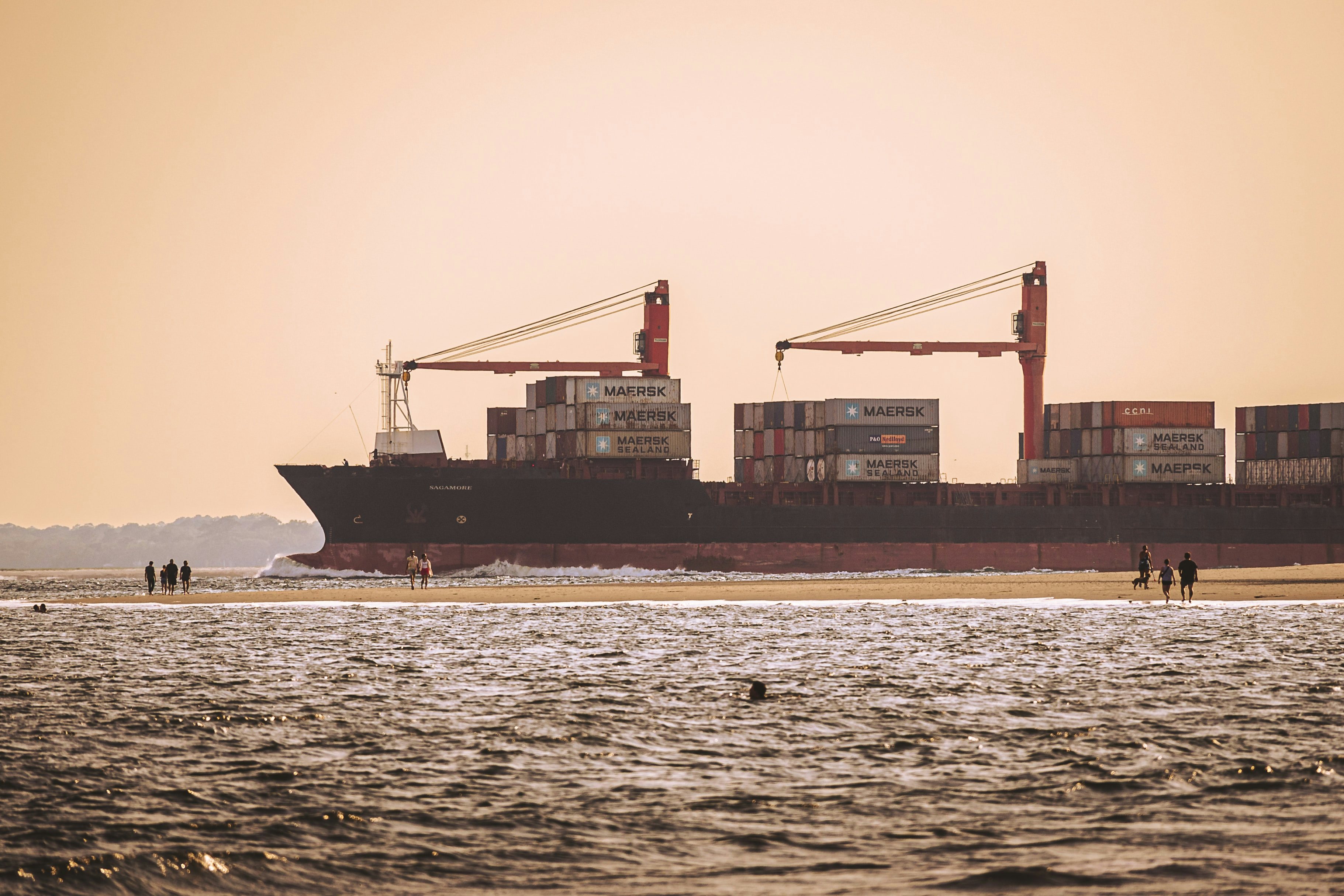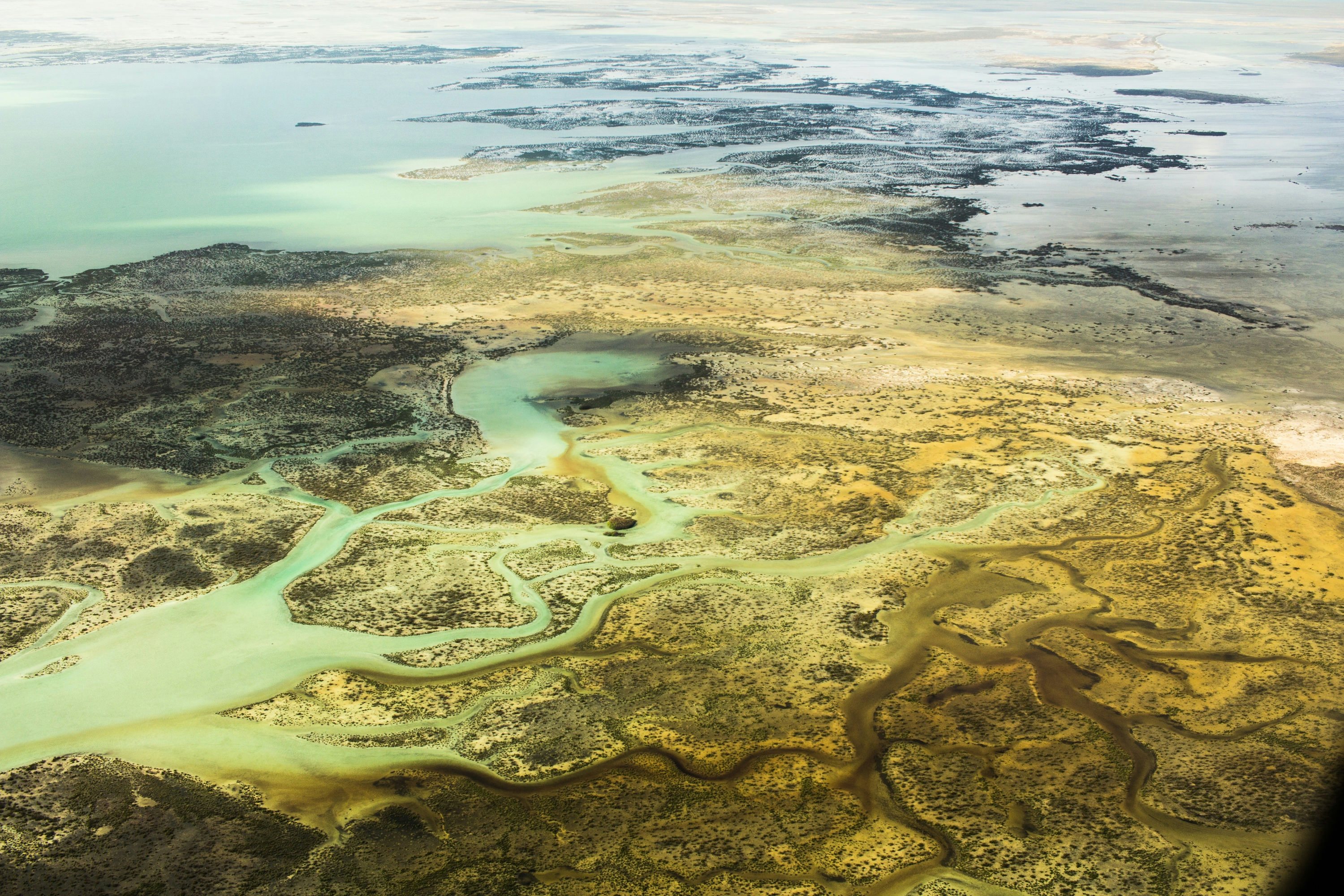Today may mark Blue Monday, but we wanted to spread some cheer by exploring the wonders of the 'Blue Economy'.
What is the Blue Economy?
According to the World Bank, the Blue Economy can be defined as the "sustainable use of ocean resources for economic growth, improved livelihoods, and jobs while preserving the health of the ocean ecosystem."
The Blue Economy is estimated to be worth over US$1.5 trillion annually, providing over 30 million jobs and supporting nearly 3 billion people's livelihoods. Activities commonly associated with the Blue Economy may include ocean shipping, fishing, tourism, renewable energy, extractive industries and many others. The Oceans also provide indirect economic benefits such as carbon storage, coastal protection, cultural values and biodiversity.
Why does it matter?
The Blue Economy plays a vital role for the future; the OECD predicts that the ocean economy may double in size to $3 trillion by 2030. In addition to driving economic progress and job creation, the oceans also play a crucial role in our battle against climate change. The oceans are responsible for absorbing 25% of all carbon dioxide emissions and capturing 90% of the excess heat generated by these emissions while also producing almost half of the world's oxygen supply - clearly displaying the utmost importance to the overall health of our planet.
With the ocean economy set to grow, as with many industries, the Blue Economy has an essential challenge of better managing the many aspects of oceanic sustainability, ranging from sustainable fisheries to ecosystem health to preventing pollution.

Why should we be optimistic?
The UN has set one of their 17 Sustainable Development Goals, no.14, as 'Life Below Water', showing a clear global commitment to ensuring our oceans are kept in the best possible conditions. Research suggests that ocean sustainability initiatives also make economic sense, with the 'High-level panel for a sustainable ocean economy' finding that sustainable Ocean investments yield benefits at least 5x higher than the costs.
One of our favourite frameworks here at Etcho is 'Project drawdown'. They have identified many proven ways and solutions for the Blue Economy that can help draw carbon from the atmosphere, such as: Efficient ocean shipping, ocean-based renewable power (offshore wind & Ocean power), Improved aquaculture, Coastal wetland protection & restoration, Macroalgae protection & restoration, Seafloor restoration, Seaweed farming
Let's dive into some of these in more detail.
Efficient ocean shipping
Shipping currently accounts for around three per cent of annual global GHG emissions; therefore, cleaning up shipping is essential. Large shipping companies such as Maersk have committed to becoming NetZero by 2040. Maersk claims to now exclusively order new vessels that can sail on green fuels such as green methanol and are working with 'European Energy', a renewable energy company that is developing a new facility in Denmark to supply them with 16,000 tonnes of green methanol by this year (2024).

Ocean based renewable power
Tidal and wave power have the potential to provide consistent energy, and many predict these forms of renewable energy may even be the most predictable. These sources of energy have traditionally been expensive, and additional difficulty comes in the complexities of the marine environments. Companies are dedicating themselves to scaling both tidal and wave power. For example, Orbital Marine Power claims its unique technology delivers a breakthrough in the extraction of clean energy from flowing water. Their turbine off the Orkney Islands is already generating power.
Additionally, offshore wind is a good example of the Blue Economy in force. Danish company Orsted are now pressing ahead with building the world's largest offshore wind farm just off the Yorkshire coast in the UK. The project will provide enough power for 3.3 million homes built with turbines produced by Siemens Gamesa.
Seafloor, seaweed and marine biodiversity
The biodiversity of the Ocean is absolutely vital for maintaining the Ocean's health so it can continue to supply the oxygen for every second breath we take. The seafloor has now been recognised as a vital part of the ecosystem, and schemes are coming into place, including in Jersey, where companies, organisations and the government are coming together to protect the seafloor.
Seaweed is not only a fantastic healthy snack, but it also has incredible benefits for the Ocean and our fight against climate change. Seaweed and sea plants can be referred to as the 'lungs of the sea'; they help regulate the PH level of the sea and sequester vast amounts of carbon dioxide. In addition, seaweed provides coastlines with protection by dampening wave energy during storms. In 2023, Amazon partnered with North Sea Farmers to fund the world's first commercial-scale seaweed farm. The farm uses the space between offshore wind turbines to cultivate its seaweed. The farm is not only used to produce seaweed, but it also monitors how effective seaweed is at removing carbon from the atmosphere. They claim that using space between wind turbines for seaweed farming could help reduce millions of tonnes of CO2 from the atmosphere and that replicating this farm across the North Sea could create around 85,000 jobs.
The importance of nature-based solutions within the oceans has been recognised. Project Drawdown has found that protecting 160–199 million hectares of macroalgae forests globally by 2050 could sequester 1.84–2.28 gigatons of carbon dioxide. Meanwhile, Mangroves and coastal wetlands carry similar importance and protect 40.45 million hectares. The resulting avoided emissions and continued sequestration could be equivalent to 1.62 gigatons of carbon dioxide. Mangrove restoration and protection was high on the agenda at the recent COP28. The Ocean Day at COP28 saw countries and non-state actors make commitments on mangrove conservation and restoration of 15 million hectares of mangroves by 2030 with a goal of reaching USD 4 billion of sustainable finance. 49 governments (representing around 60% of the world's mangroves) plus many non-state actors are supporting a to halt mangrove destruction.

The next steps for the Blue Economy
It's fair to say that momentum behind a sustainable Blue Economy is certainly building, but while there is cause for optimism, there is certainly still a long way to go. Investor interest, corporate responsibility, policymakers and public awareness of the importance of the oceans are growing, and in turn, we are seeing more investable solutions now becoming available to wealth owners wishing to use their investments to support the sustainability of the Blue Economy.
With both the UN's SDGs and Project Drawdown, which sit at the heart of Etcho's offering, involving elements of the Blue Economy, it is an area that Etcho is excited to see expanding.
If you're a wealth adviser and have clients asking about the Blue Economy, please don't hesitate to get in touch.
